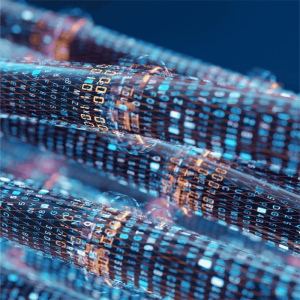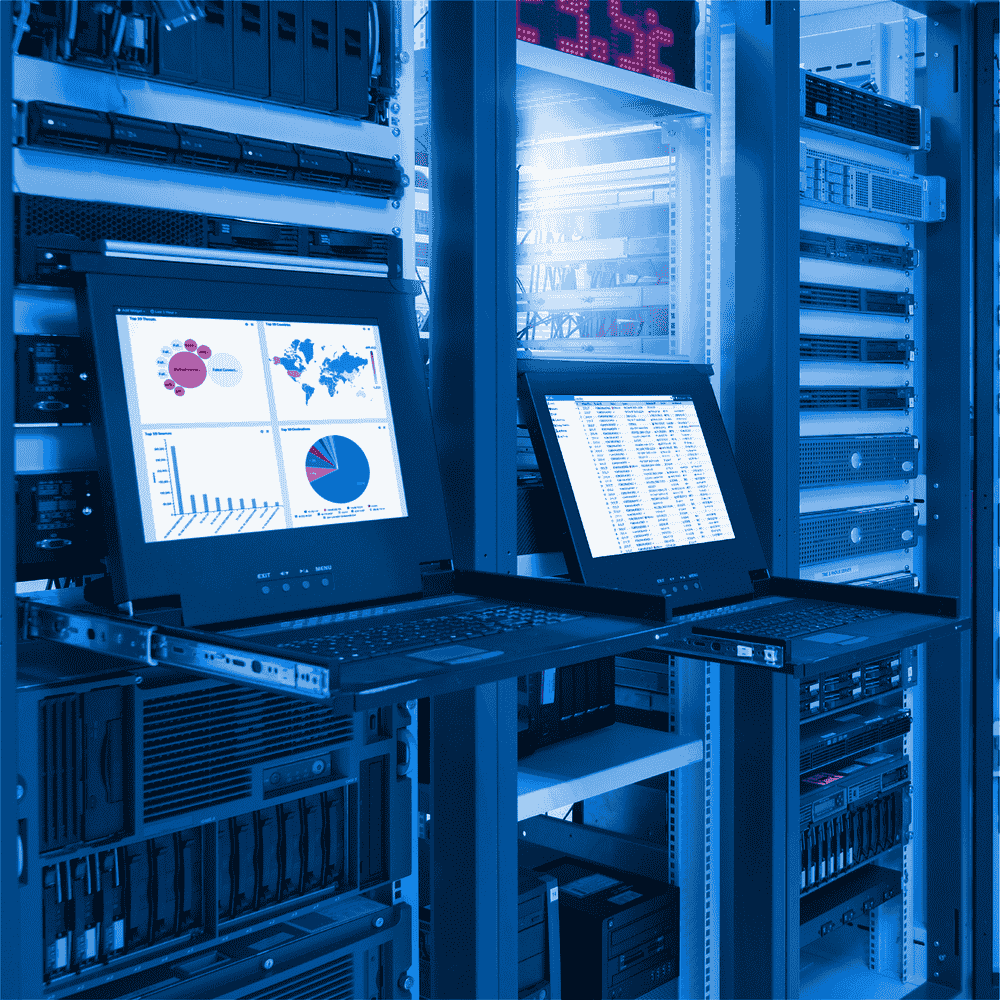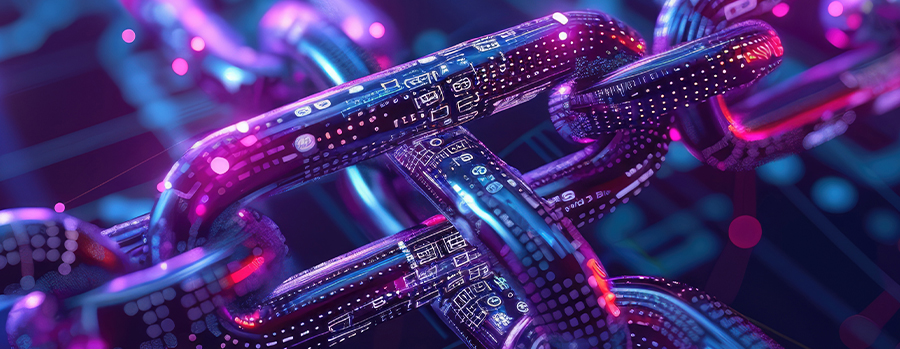Data Center Cooling Solutions with Fiber Optic Cables: Energy Efficiency and High Performance
Data centers are at the heart of today’s digital world and require high-performance infrastructures to manage large data flows. These infrastructures generate significant amounts of heat due to intensively operating servers and equipment. Managing this heat is critical for the efficient operation and security of data centers. Fiber optic cables offer great advantages in terms of data transmission, while also providing energy efficiency with data center cooling solutions. So, what is the role of fiber optic cables in data center cooling solutions?
Why is Cooling Important in Data Centers?
Servers, storage units and other network equipment used in data centers work intensively and produce a large amount of heat during this process. Failure to manage this heat can lead to equipment overheating, decreased performance and even hardware failures. Therefore, cooling solutions in data centers play a vital role in ensuring the safe and efficient operation of hardware.
Contribution of Fiber Optic Cables to Cooling
Fiber optic cables offer many advantages over traditional copper cables used in data centers. The contributions of fiber optic cables to cooling solutions can be summarized as follows:
Less Heat Generation: Fiber optic cables use light signals instead of electricity in data transmission. This means less energy consumption and therefore less heat generation. Unlike copper cables, the energy loss of fiber optic cables is minimal, which reduces heating problems in data centers.
Space Saving and Better Airflow: Fiber optic cables are thinner and lighter than copper cables. This allows them to take up less space in data centers and creates space for better airflow in cabling paths. Good airflow helps cooling systems work more effectively and keeps the temperature inside the data center under control.
Energy Efficiency: Since fiber optic cables provide data transmission that requires less power, they also reduce the energy consumption of cooling systems used in data centers. Cooling systems that consume less energy increase the energy efficiency of data centers and reduce operating costs.
Long-Distance Data Transmission: Fiber optic cables can transmit data signals without loss even over long distances. This allows long-distance connections to be established between data centers and also reduces the additional cooling requirements for these long-distance connections.
Data Center Cooling Solutions and the Role of Fiber Optic Cables
Various methods are used to provide effective cooling in data centers, and fiber optic cables play an important role in increasing the efficiency of these methods. Here are some common cooling solutions and the contributions of fiber optic cables to these solutions:
Hot and Cold Corridor Design: This design, which is widely used in data centers, regulates the hot and cold air flow and ensures the efficient operation of cooling systems. The thin structure of fiber optic cables allows for a regular cabling structure to be created without obstructing the flow of hot and cold air.
Liquid Cooling: Liquid cooling systems provide direct liquid cooling of high-heat generating equipment in data centers. Fiber optic cables work in harmony with liquid cooling systems, providing high performance without interruption in data transmission or signal loss.
Air Cooling: Traditional air cooling systems are used to exhaust hot air in data centers and provide cold air. The space saving and less heat generation provided by fiber optic cables increase the efficiency of air cooling systems.
Innovative Cooling Technologies: With developing technology, innovative cooling solutions that increase energy efficiency in data centers are being developed. Fiber optic cables serve as an important component to ensure the effective use of these technologies.
Things to Consider When Choosing Cooling Solutions with Fiber Optic Cables
Data Center Design: When choosing fiber optic cables, it is important to consider the design of your data center. The placement of cables and cabling routes have a direct impact on the effectiveness of cooling solutions.
Cable Management: A well-organized cable management system optimizes air flow and ensures more efficient operation of cooling systems. The orderly placement of fiber optic cables increases the effectiveness of cooling solutions.
Planning for the Future: Choosing scalable and flexible fiber optic solutions, considering the future expansion needs of your data center, will allow you to meet your cooling requirements in the future.
Conclusion
Fiber optic cables not only provide high-speed data transmission in data centers, but also play a critical role in energy efficiency and cooling solutions. Thanks to their advantages such as less heat generation, space saving and long-distance data transmission, fiber optic cables increase the efficiency of data center cooling systems and reduce operating costs. Cooling solutions integrated with fiber optic cables are an ideal option to ensure the sustainability of modern data centers.
If you want to learn more about fiber optic cables and data center cooling solutions, you can contact our expert team. We can help you increase the performance and efficiency of your data center by providing you with the most suitable fiber optic and cooling solutions.






